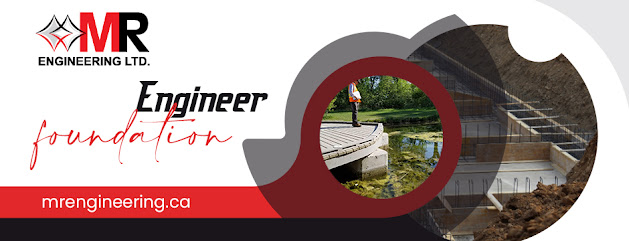A Beginner's Guide to Civil Engineering Estimation and Costing: Building the Foundation with MR Engineering
Welcome to MR Engineering's beginner's guide to civil engineering estimation and costing. In this comprehensive blog post, we will walk you through the fundamental concepts and techniques that form the foundation of estimating and costing in civil engineering. Whether you are an aspiring civil engineer or simply interested in understanding the process behind cost estimation in construction projects, this guide will provide you with a solid starting point.
Civil Engineering Foundation: Estimation and Costing
Estimation and costing play a crucial role in the success of any civil engineering project. It involves determining the approximate quantities, costs, and resources required to complete a construction project. Accurate estimation allows engineers and contractors to plan, budget, and execute the project effectively.
Civil Engineer Companies: Who Performs Estimation and Costing?
In the realm of civil engineering, both engineering firms and construction companies undertake estimation and costing tasks. Companies specializing in civil engineering, like MR Engineering, employ professional estimators who possess a deep understanding of the field and its various aspects. These professionals leverage their expertise to estimate costs accurately and make informed decisions during the planning and execution phases of a project.
Key Steps in Civil Engineering Estimation
Preliminary Project Analysis
The first step in civil engineering estimation is conducting a thorough preliminary analysis of the project. This involves studying the project specifications, plans, and drawings, as well as considering other factors such as site conditions, soil types, and environmental regulations. By understanding the project's requirements and constraints, estimators can develop a reliable foundation for accurate cost estimation.
Quantity Takeoff
Quantity takeoff is the process of determining the quantities of materials, labor, and equipment needed for various components of the project. Estimators carefully analyze the project plans and specifications to identify the required quantities accurately. This step involves measuring and quantifying elements such as excavation, concrete, steel reinforcement, piping, electrical components, and more.
Pricing and Costing
Once the quantities are determined, the next step is to assign prices to each item. Estimators use historical cost data, industry standards, supplier quotes, and their experience to establish realistic prices for materials, labor rates, equipment rentals, and other project-related expenses. This step demands attention to detail and up-to-date knowledge of the market.
Subtotaling and Summarizing
After assigning prices, estimators calculate the subtotal for each component and summarize the costs for the entire project. This summary helps stakeholders understand the overall project budget and make informed decisions. It also facilitates a comparative analysis with the available budget to identify potential cost-saving measures or areas where adjustments may be needed.
Contingencies and Overhead
To account for uncertainties and unforeseen events, estimators include contingency costs. These are additional funds set aside to cover any unexpected expenses or changes in the project scope. Overhead costs, such as administrative expenses, insurance, and permits, are also factored into the final estimation.
Conclusion
Estimation and costing are essential aspects of civil engineering that influence the success of construction projects. With a solid understanding of the process, civil engineers and companies like MR Engineering can develop accurate estimates, manage budgets effectively, and deliver projects within the predefined constraints. By following the key steps outlined in this beginner's guide, you can build a strong foundation for your journey into civil engineering estimation and costing.




Comments
Post a Comment